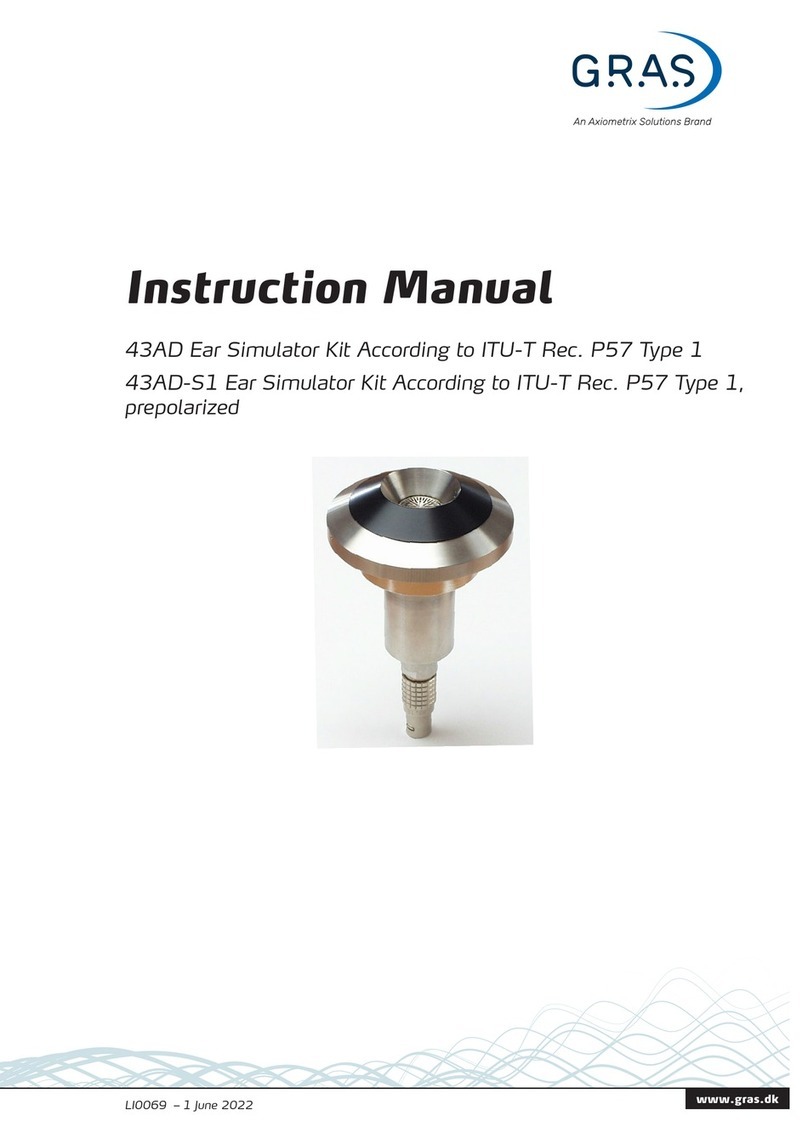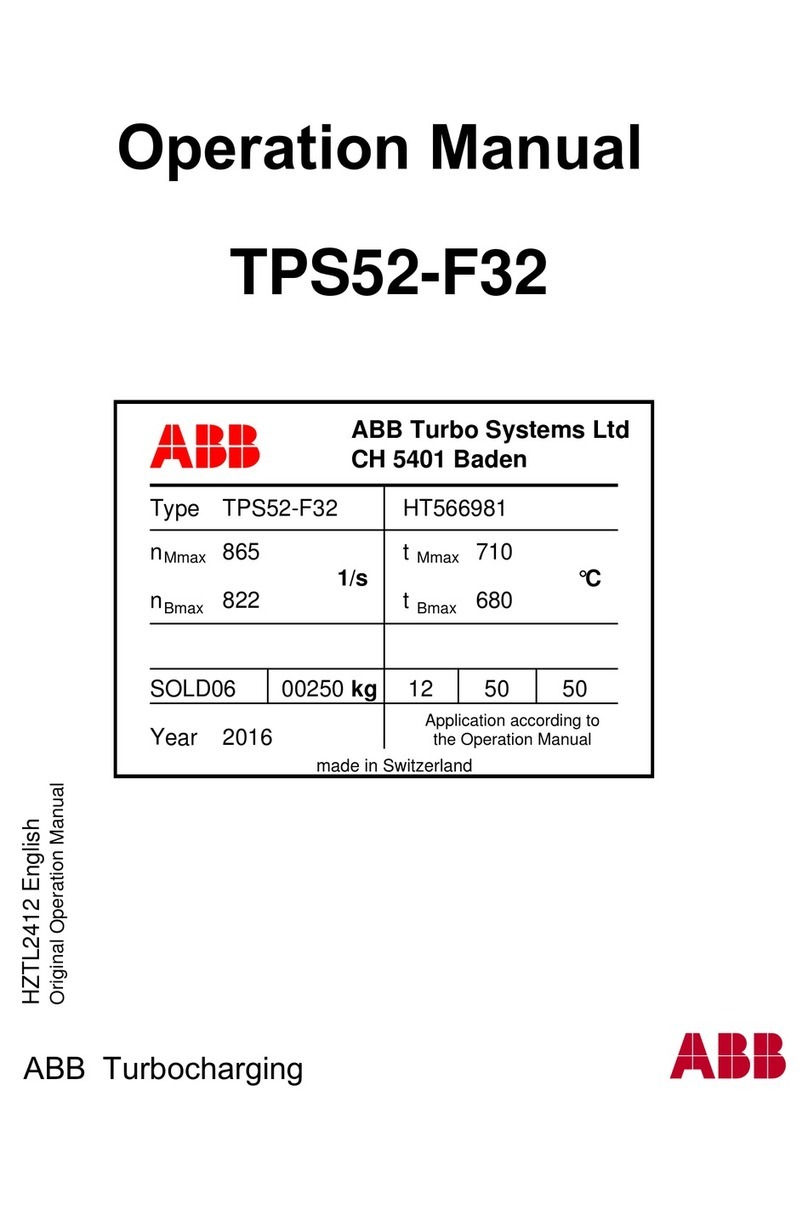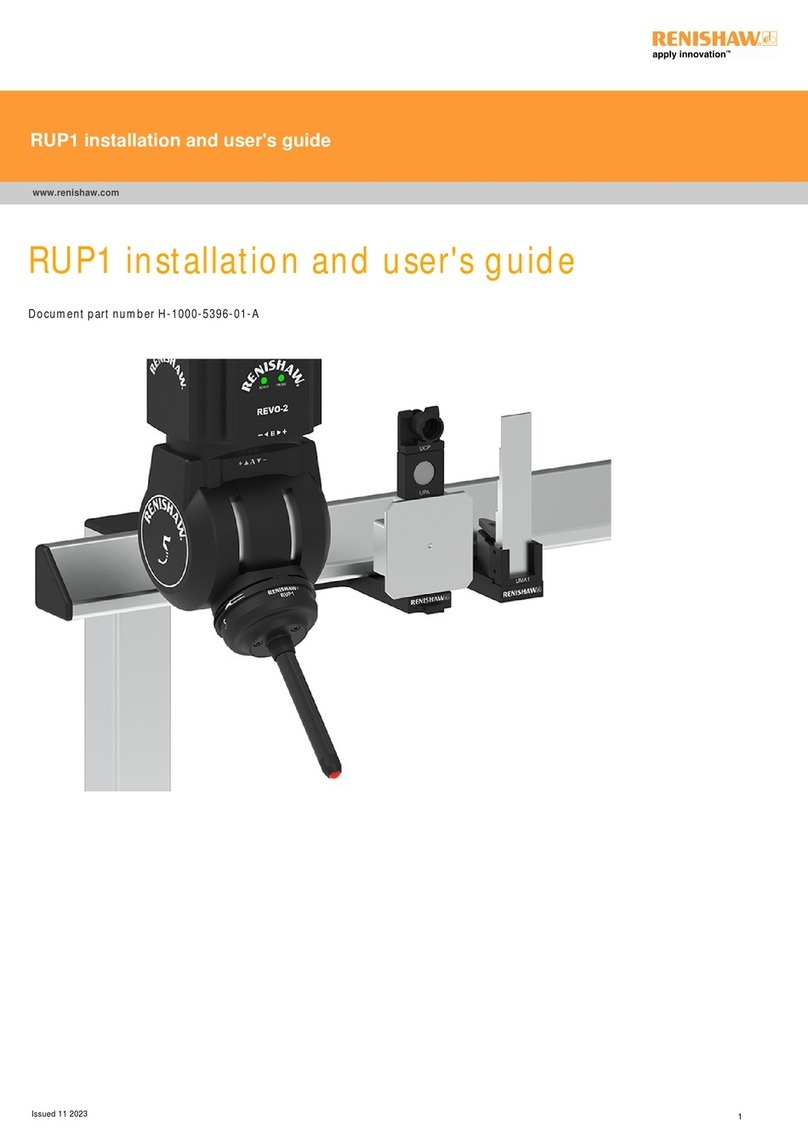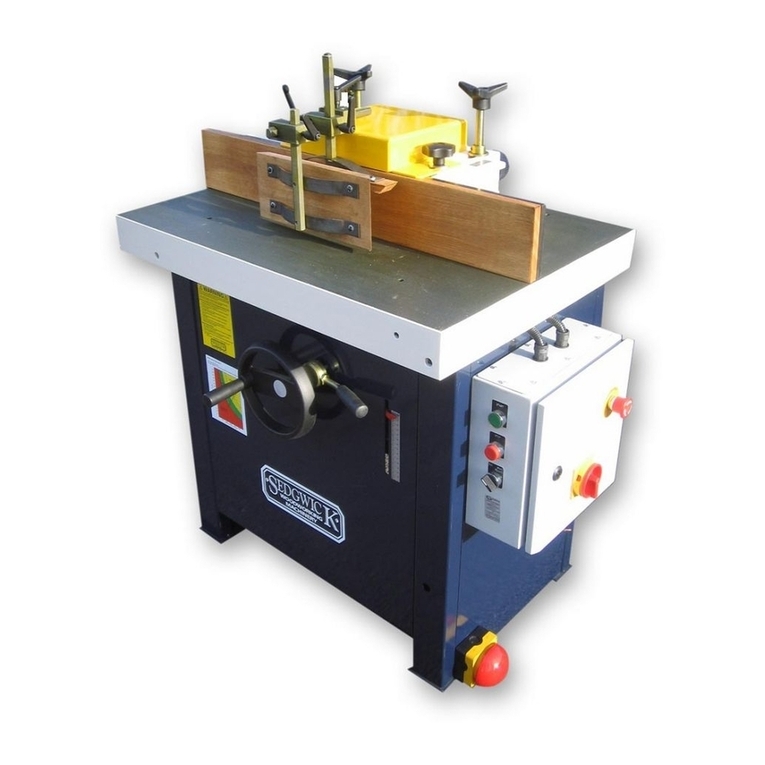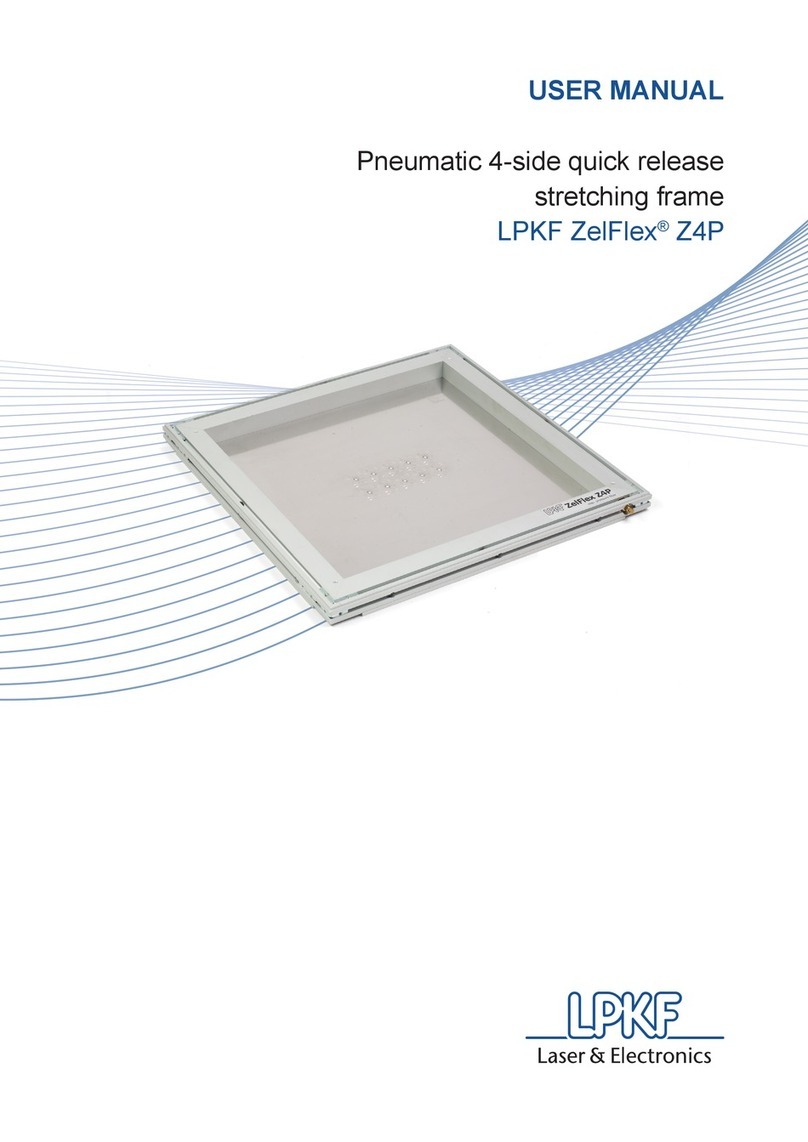GRAS 43AA User manual

Instruction Manual
43AA Ear Simulator Kit According to IEC 60318-1 & -2
43AA-S2 CCP Ear Simulator Kit According to IEC 60318-1 & -2
www.GRASacoustics.com
LI0066 – 1 June 2022

2
Revision History
Any feedback or questions about this document are welcome at gras@GRASacoustics.com.
Revision Date Description
1 17 August 2017 Extracted from Earbook as separate document.
2 1 June 2022 TEDS section added.
Copyright Notice
© 2005–22 GRAS Sound & Vibration A/S
http://www.GRASacoustics.com
Any technical documentation that is made available by GRAS is the copyrighted work of GRAS
and is owned by GRAS.
The content in this document is subject to change without notice. GRAS Sound & Vibration A/S is
not liable or responsible for any errors or inaccuracies that may appear in this document.
Trademarks
Any other product names mentioned in this document may be trademarks or registered trade-
marks of their respective companies and are hereby acknowledged.
LI0066 – 1 June 2022

3
Contents
Introduction.................................................................................. 4
Components.............................................................................................. 4
TEDS Compatibility .................................................................................... 5
Additional Equipment ................................................................................. 5
Test Procedure .............................................................................. 6
Overview: The 4 stages of the Test Procedure ............................................... 6
1: Setting up the Test Jig ............................................................................ 8
2: Calibration............................................................................................. 8
3: Mounting the Earphone on the Test Jig ..................................................... 9
4: Applying the Test Signal and Analysing the Output from the Microphone ...... 9
Warranty, Service and Repair......................................................... 12
Calibration............................................................................................... 12
Warranty................................................................................................. 12
Service and Repairs.................................................................................. 12
Appendix
The RA0039 Ear Simulator ........................................................... 13
Introduction ............................................................................................. 13
Components............................................................................................ 13
Characteristics ......................................................................................... 13
LI0066 – 1 June 2022

4
Introduction
The 43AA and 43AA-S2 Ear Simulator Kit are complete test jigs for acoustically testing
telephone handsets and earphones and complies with the following international requirements:
IEC 60318 Electroacoustics – Simulators of human head and ear, Part 1 & 2
ITU-T Recommendations P.57 (08/96) Series P: Telephone transmission quality, Objective
measuring apparatus: Artificial ears.
Components
43AA Ear Simulator Kit According to IEC 60318-1 & -2, externally polarized
The 43AA comprises the following main components:
RA0039 IEC 60318 Ear Simulator
40AG ½″Pressure Microphone, externally polarized
26AC ¼″Preamplifier
RA0052 Test Jig
43AA-S2 CCP Ear Simulator Kit according to IEC 60318-1 & -2, prepolarized
The 43AA-S2 comprises the following main components:
RA0039 IEC 6018 Ear Simulator
40AO ½″Pressure Microphone, prepolarized
26CB ¼″Preamplifier
RA0052 Test Jig
When assembled as shown in Fig. 1, it is ready for testing supra-aural earphones such as tel-
ephone handsets and headphones. Fig. 8 shows an exploded view of its user-serviceable compo-
nents. The following mounting plate is also provided for testing circumaural earphones:
GR0339 for testing circumaural earphones
This has to be mounted accordingly in place of the removable ring (GR0338) surrounding the
entrance to the Ear Simulator (see Fig. 1). The concentric circles on GR0039 (Fig. 2) are provided
to help place the earphone correctly in relation to the entrance to the Ear Simulator.
½″microphone
Preamplifier
RA0052
Test Jig
Spring-loaded
clamp for holding
earphone in place
GR0338
removable ring
RA0039
Ear Simulator
Fig. 1. 43AA Ear Simulator Kit assembled
LI0066 – 1 June 2022

5
Fig. 2. 43AA shown with mounting plate GR0339 for testing circumaural earphones
TEDS Compatibility
The prepolarized versions of ear simulator kits (43AA-S2 and 43AA-S10) are IEEE 1451.4 TEDS
v. 1.0 compliant. If your measurement platform supports Transducer Electronic Data Sheets
(TEDS), you will be able to read and write data like properties and calibration data.
Additional Equipment
43AA Ear Simulator Kit (with externally polarized microphone)
The following additional equipment is required for making measurements, see Fig. 3:
1) Power supply for the 26AC ¼″Preamplifier, e.g., the GRAS 12AK Power Module)
2) Calibration source for the microphone, e.g., the GRAS 42AA Pistonphone or GRAS 42AP
Intelligent Pistonphone which produces 114 dB re. 20 μPa (10 Pa) at 250 Hz
3) Audio signal generator capable of generating one or more of the following within the audio
frequency range 1:
logarithmically swept tones
pink noise
This audio signal is fed (directly or indirectly) to the earphone.
4) Audio frequency analyzer capable of one or both of the following:
wide band measurement
⅓octave-band measurement
The audio analyzer receives, via the 12AK, the signal picked up by the Ear Simulator, and,
depending on whether this is a swept tone or pink noise, will:
a) measure the response of the earphone to the swept tone
or
b) measure the response of the earphone to the pink noise in terms of ⅓octave bands.
Items 3 and 4 could be combined in the same unit, e.g., a computer fitted with suitable hardware
and software for A/D and D/A conversions, in order to simulate both a signal generator and an
analyzer. Fig. 3 shows a block diagram of a possible set-up for making tests.
LI0066 – 1 June 2022

6
43AA-S2 Ear Simulator Kit (with prepolarized microphone)
A test set-up with the 43AA-S2 can be similar to that described above and shown in Fig. 3,
except that a 12AL Power Module or 12AQ Power Module is used. Alternatively, the output from
the 43AC-S2 can be fed directly into a CCP input of the analyzer/computer.
1For example from 50 Hz to 10kHz
Test Procedure
A possible test set-up for testing with 43AA is shown below. For testing with the prepolarized
43AA-S2 the power module can be replaced by a 12AL/12AQ Power Module. Alternatively, the
output can be fed directly to a CCP input of the analyzer.
Signal from generator to earphone
Computer with hardware and
software for simulating:
a signal generator capable
of generating logarithmically
swept tones and/or pink noise
an audio frequency analyser
capable of wide band and/or ⅓
octave band measurements
Output to analyzer
12AK Power Module
Input from
preamplifier
43AA with
earphone
Fig. 3. Block diagram of a complete set-up for making tests with the 43AA. With the 43AA-S2, the 12AL or 12AQ
Power module must be used, unless you connect directly to the CCP input of the computer/analyzer.
Overview: The 4 stages of the Test Procedure
The basic stages in the test procedure are:
1) Setting up the test jig, e.g., as shown in Fig. 3.
2) Calibration using the GRAS 42AA Pistonphone or GRAS 42AP Intelligent Pistonphone
3) Mounting the earphone on the test jig (see examples shown in Fig. 4)
4) Applying a signal to the earphone and analyzing the output from the Ear Simulator.
Depending on requirements, the signal applied to the earphone could be:
a swept tone, e.g., under laboratory conditions
pink noise, e.g., during mass production of mobile telephones
Pink noise testing is usually quicker, and more economical, than using swept tones.
The following sections deal in more detail with each stage of the test procedure.
LI0066 – 1 June 2022

7
1: Setting up the Test Jig
Note: the terms generator and analyzer refer to a set up which simultaneously sends the test
signal to the earphone and analyses the signal picked up by the Ear Simulator.
Circum-aural earphone
Note:
GR0402
Fitted
Telephone handset
Fig. 4. Some examples of mounting the earphone on the test jig
With the 43AA assembled, e.g., as shown in Fig. 3 and everything switched on, proceed as follows:
1) Power Module
ConnectthefreeendofthepreampliercabletotheInput socket.
Connect, via a suitable cable, the BNC Output to the input of the analyzer.
Select Lin.
Select a Gain that is within the input range of the analyzer.
2) Earphone
Connect the earphone to the signal output of the generator.
3) Adjust the signal output level from the generator to lie within the normal working range of
the earphone.
2: Calibration
For this, access to the microphone is necessary. This means partially dismantling the test jig.
1) Snap the spring-loaded clamp (see Fig. 1) to its upright position, or remove it.
2) Unscrew the Ear Simulator and carefully remove it from the test jig. The microphone is now
accessible.
3) Unscrew the collar of the Pistonphone and remove the O-ring (see Fig. 5).
4) Place the coupler of the Pistonphone over the microphone, push it gently down to the micro-
phone stop and switch on.
5) Set the analyzer to either wide band or to the ⅓ octave band whose centre frequency is 250 Hz.
6) When conditions are stable, adjust the analyzer so that it correctly gauges the Pistonphone signal
(nominally 114 dB re. 20μPa). See Pistonphone manual for making barometric corrections.
7) Switch the Pistonphone off and remove it from the microphone.
8) Screw the Ear Simulator carefully back in place; do not use excessive pressure.
9) Re-assemble the Pistonphone.
LI0066 – 1 June 2022

8
3: Mounting the Earphone on the Test Jig
You may have to detach the earphone from its yoke before proceeding.
1) Place the earphone centrally on the mounting plate so that it transmits directly into the Ear
Simulator.
Note:
For circumaural earphones, use the concentric circles on the mounting plate GR0339 for
guidance.
2) If necessary, use the spring-loaded clamp to hold the earphone in place.
4: Applying the Test Signal and Analysing the Output from the Microphone
The following describes typical procedures for applying:
a) a swept signal
b) pink noise
In both cases, it is assumed that the generator and analyzer work to produce constant-confidence
results (i.e. maintaining a constant β T product) in real time throughout the frequency range of
interest and make the measurement data available graphically and numerically.
Swept Signal
With everything set up as described above, proceed as follows:
a) set the generator to oscillator mode
b) settheanalyzertoatresponse
c) initiate a constant-level logarithmic sweep 4 on the generator.
The analyzer will follow the response of the Ear Simulator to the earphone throughout the
sweep and record and display the results accordingly (see example in Fig. 6).
Pink noise
With everything set up as described above, proceed as follows:
a) set the generator to pink noise mode and start generating.
b) set the analyzer to ⅓octave-band mode 4 and wait until conditions are stable.
c) start the analyzer.
The analyzer will record the response of the Ear Simulator to the earphone for each ⅓ octave
band and record and display the results accordingly (see example in Fig. 7).
In both cases, curves showing the upper and lower tolerance levels for the frequency range of
interest could be superimposed on the graphical displays.
4For example from 50 Hz to 10kHz
LI0066 – 1 June 2022

9
Entrance to
Pistonphone
coupler
O-ring
Collar
Fig. 5. Calibration using the Pistonphone.
a) Unscrew Pistonphone collar and remove O-ring.
b) Place coupler over microphone, push gently down to microphone stop
c) Switch on
Examples of test results using swept tones and ⅓ octave band analysis are shown below.
Fig. 6. Example of test results using a swept tone Fig. 7. Example of test results using ⅓ octave-band
analyses
LI0066 – 1 June 2022

10
Slacken grub screw
and move slider up
or down to adjust
spring force.
(Allen key provided)
GR0338
RA0052
Test Jig
RA0039
Ear Simulator
See Appendix
for more detail
GR0402
Slacken knurled screw
to adjust arm position
40AG or 40AO
½″microphone fitted
with standard
protection grid
Washer.
Note recess on
underside for pream-
plifier body
Base screw.
Use coin to
slacken/tighten
40AG/40AO ½″
microphone fitted with
GR0606 Guard Ring
(supplied with the
RA0039). Use this if
requirements call for a
LS2aP microphone.
Note: this will leave the
diaphragm of the micro-
phone exposed!
RA0001 Adapter
Caution! When attaching
RA0001 to the micro-
phone, use only gentle
finger force.
26AC (shown)
or 26CB ¼″
Preamplifier
Fig. 8. Exploded view of the user-serviceable components of the 43AA/43AA-S2 (mounting plates omitted for clarity)
LI0066 – 1 June 2022

11
Warranty, Service and Repair
Calibration
Before leaving the factory, all GRAS products are calibrated in a controlled laboratory environment
using traceable calibration equipment.
We recommend a yearly recalibration at minimum, depending on the use, measurement environ-
ment, and internal quality control programs.
We recommend calibration prior to each use to ensure the accuracy of your measurements.
Warranty
Damaged diaphragms in microphones can be replaced. The microphone diaphragm, body, and
improved protection grid are made of high-grade stainless steel, which makes the microphone
resistant to physical damage, as well as corrosion caused by aggressive air or gasses. This,
combined with the reinforced gold-plated microphone terminal which guarantees a highly reliable
connection,enables GRAS to offer 5 years warranty against defective materials and workmanship.
The warranty does not cover products that are damaged due to negligent use, an incorrect power
supply, or an incorrect connection to the equipment.
Service and Repairs
All repairs are made at GRAS International Support Center located in Denmark. Our Support
Center is equipped with the newest test equipment and staffed with dedicated and highly skilled
engineers. Upon request, we make cost estimates based on fixed repair categories. If a product
covered by warranty is sent for service, it is repaired free of charge, unless the damage is the
result of negligent use or other violations of the warranty. All repairs are delivered with a service
report, as well as an updated calibration chart.
WEEE directive:
2002/96/EC
CE marking directive:
93/68/EEC
Manufactured to conform with:
RoHS directive:
2002/95/EC
GRAS Sound & Vibration continually strives to improve the quality of our products for our custom-
ers; therefore, the specifications and accessories are subject to change.
LI0066 – 1 June 2022

12
LI0066 – 1 June 2022
Appendix
The RA0039 Ear Simulator
Introduction
The RA0039 IEC 60318-1 Ear Simulator uses a ½″microphone, e.g., the GRAS 40AG. The
artificial ear complies with the following international requirements:
IEC 60318 Electroacoustics – Simulators of human head and ear - Part 1: Ear simulator for
the calibration of supra-aural earphones.
ITU-T Recommendations P.57 Series P: Telephone transmission quality, Objective measuring
apparatus: Artificial ears.
It is also part of the 43AA and 43AD Ear Simulator Kits
Components
The RA0039 comprises the following user-serviceable components:
GR0335 Body of Ear Simulator
GR0338 Removable Ring
GR0402 Removable Ring
GR0606 Guard Ring
GR0606 is a substitute for the normal protection grid of the 40AG Microphone if requirements
call for a LS2aP microphone. Note: this will leave the diaphragm of the microphone exposed!
The RA0039 is delivered as shown in Fig. 9. An exploded view of its user-serviceable compo-
nents is shown in Fig. 10.
It uses a ½″pressure microphone such as the GRAS 40AG with a 26AK ½” Preamplifier or ¼″
Preamplifier 26AC fitted with RA0001 Adapter. If ordered with a microphone, the RA0039 will
be calibrated with the specific microphone and delivered with the resulting calibration chart.
Fig. 9. RA0039 Ear Simulator as delivered
GR0338
Removable
ring
GR0402
Removable
ring
GR0335
Body of
Ear Simulator
Fig. 10. Exploded view of all the user-serviceable components of
the RA0039

13
LI0066 – 1 June 2022
Characteristics
The acoustic input impedance of the RA0039 closely resembles that of the human ear and, as a
result, loads a sound source in very much the same way.
The RA0039 embodies a number of carefully designed volumes connected via well-defined and
precisely tuned capillary tubes. In an equivalent electrical circuit (see Fig. 11), capacitors would
represent the volumes, and inductance and resistance would represent respectively air mass and
air flow within the capillary tubes. The input impedance (see Fig. 12) is measured using a special
impedance probe as described in ITU-T Recommendations P.57. This measures the impedance
of the RA0039 as seen from the Ear Reference Point (ERP). The impedance is defined as the
ratio of the sound pressure at the ERP to the corresponding particle velocity. The sound pressure
is measured with a probe microphone while a constant particle velocity is maintained via a high
acoustic impedance sound source.
Fig. 11. RA0039 lumped parameter model
The absolute sensitivity of the RA0039 at 1kHz is given both as the Open Ear Sensitivity and the
Closed Ear Sensitivity. The Open Ear Sensitivity is the ratio of the output signal from the pream-
plifier to the input pressure signal at the ERP with open coupler. The Closed Ear Sensitivity is the
ratio of the output signal from the preamplifier to the input pressure signal at the ERP with closed
coupler.
Fig. 12. RA0039 acoustic input impedance Fig. 13. RA0039 closed-coupler frequency response
This manual suits for next models
1
Table of contents
Other GRAS Industrial Equipment manuals
Popular Industrial Equipment manuals by other brands

Carrier
Carrier 69NT40-541-001 Operation and service

Agilent Technologies
Agilent Technologies G1531-67000 instructions
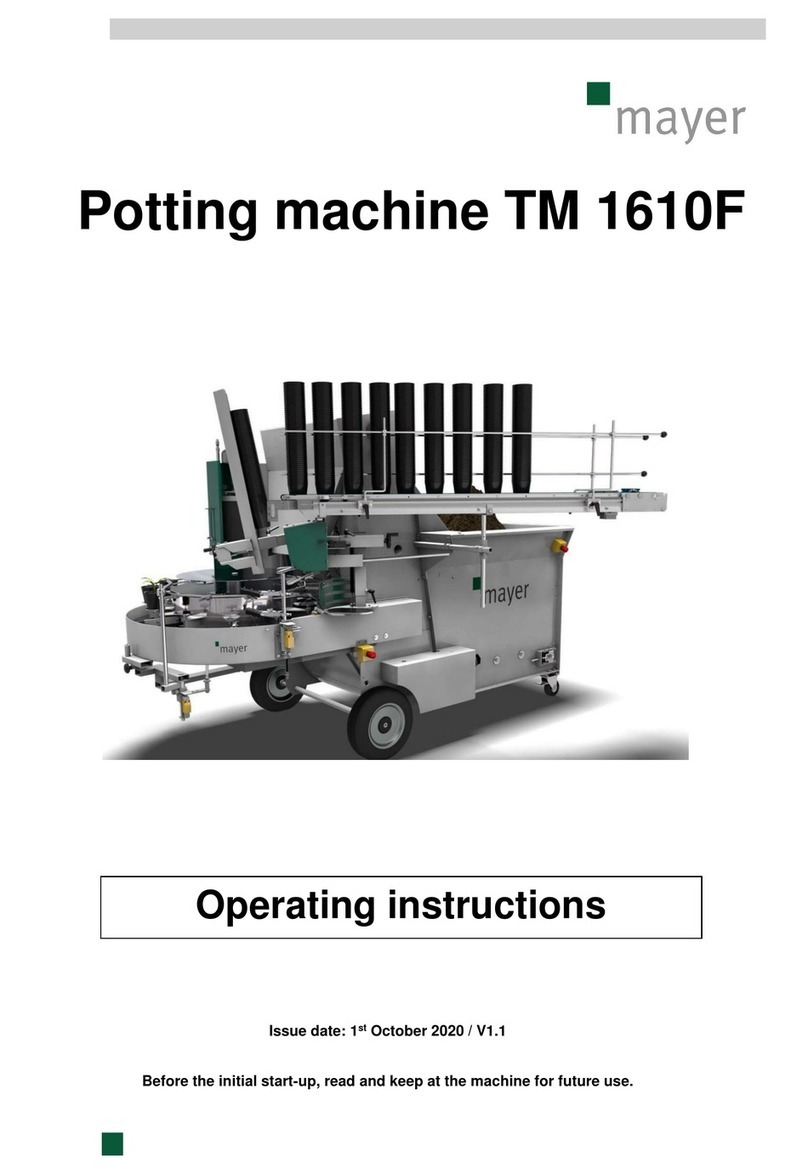
Mayer
Mayer TM 1610F operating instructions
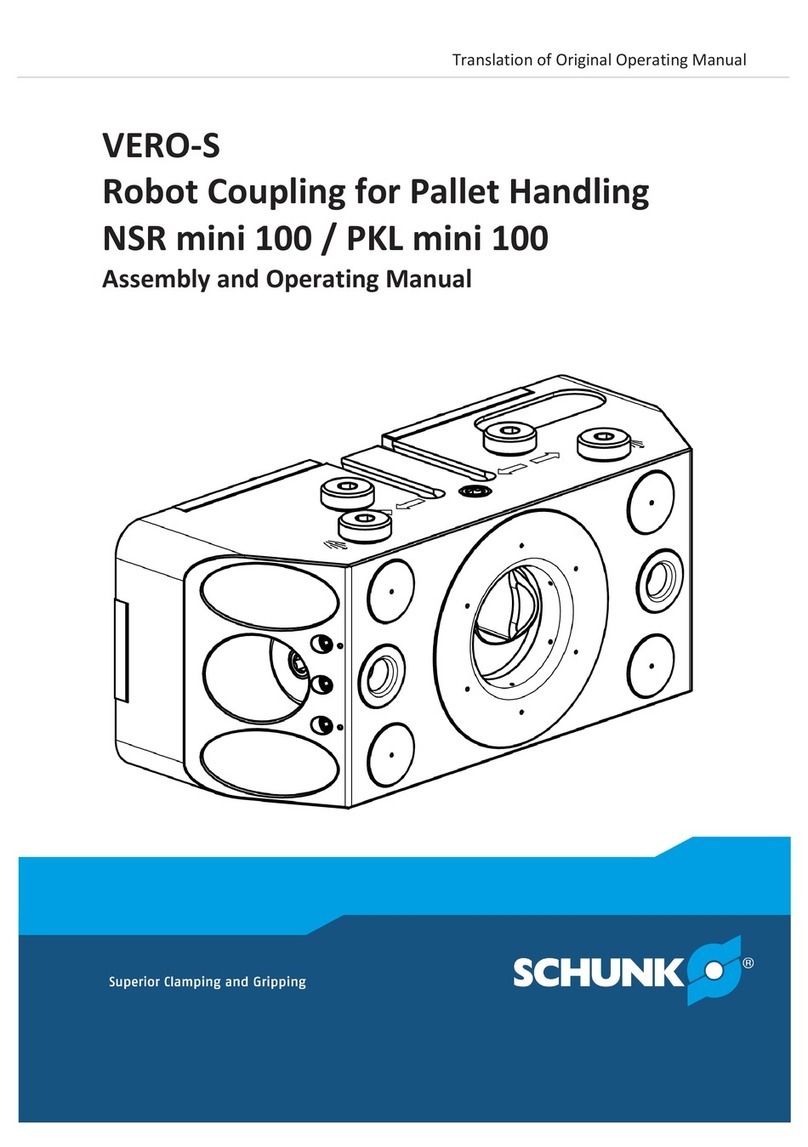
SCHUNK
SCHUNK VERO-S NSR mini 100 Assembly and operating manual
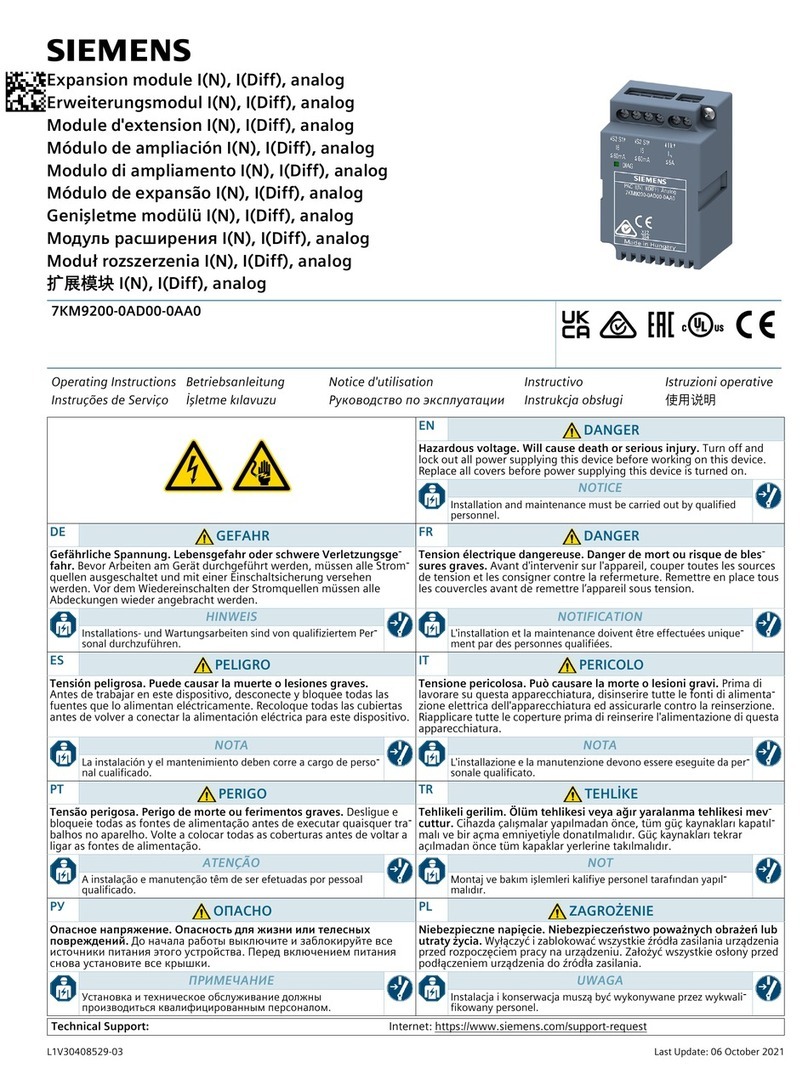
Siemens
Siemens 7KM9200-0AD00-0AA0 operating instructions
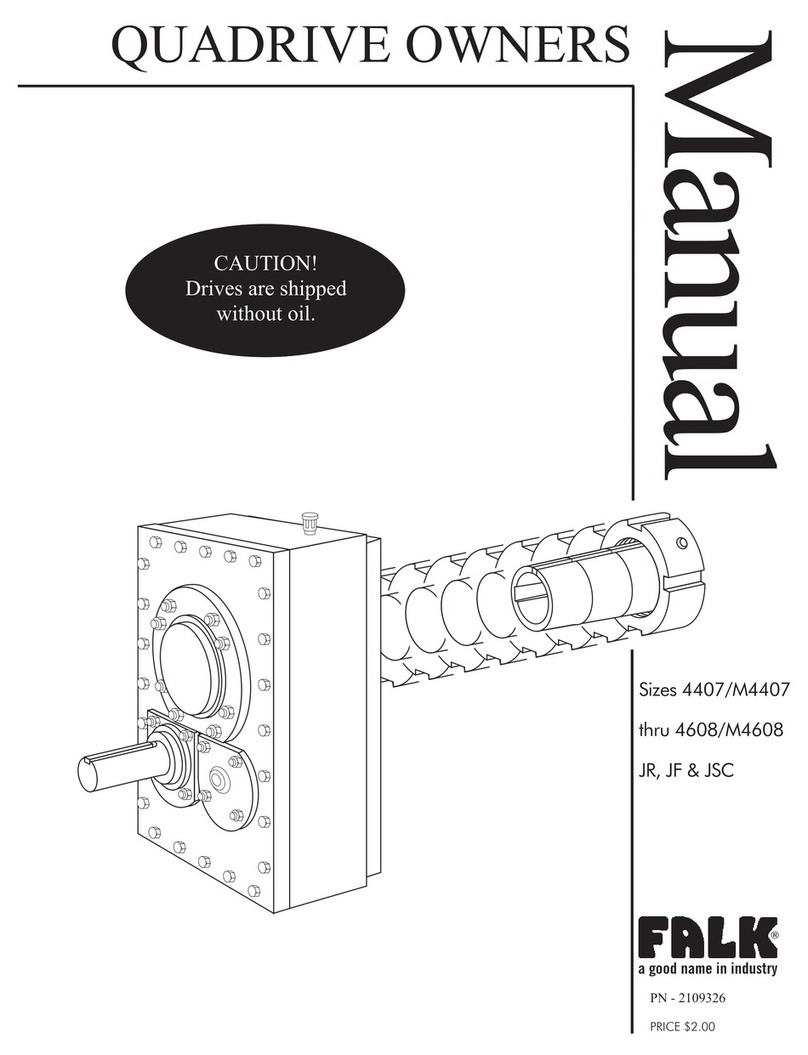
FALK
FALK QUADRIVE JR manual
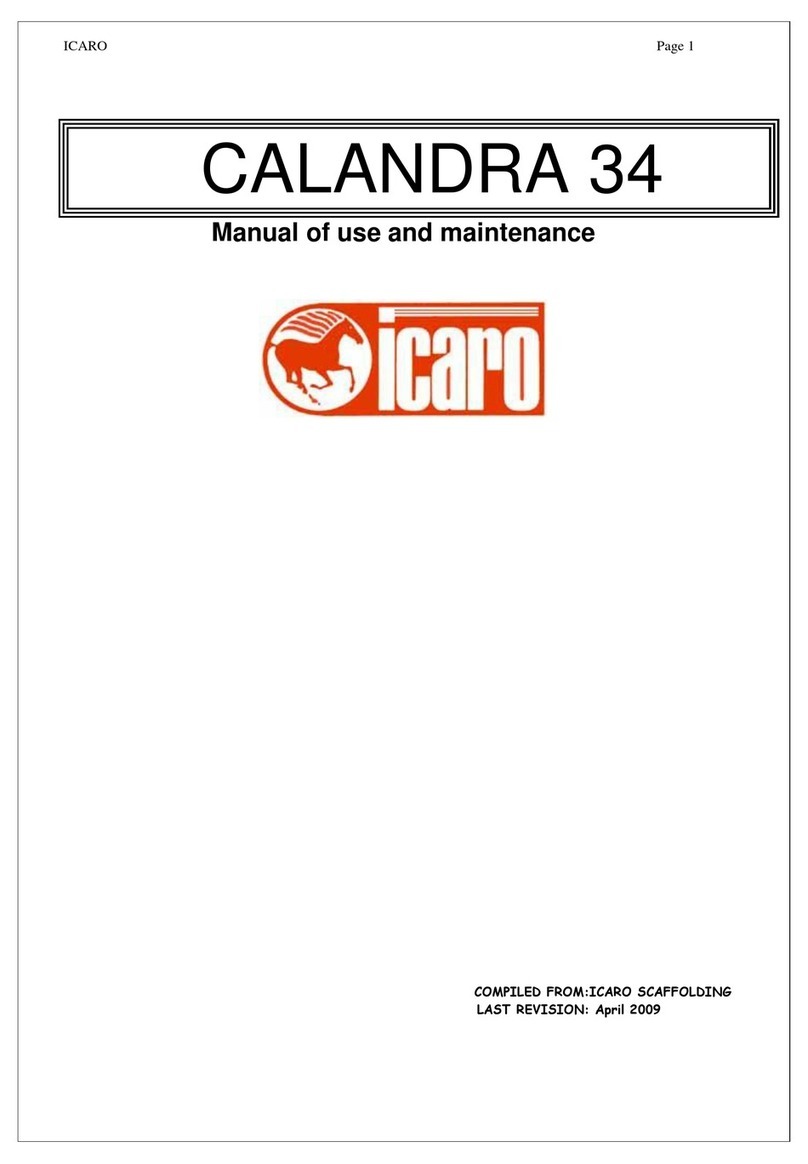
ICARO
ICARO CALANDRA 34 Manual of use and maintenance
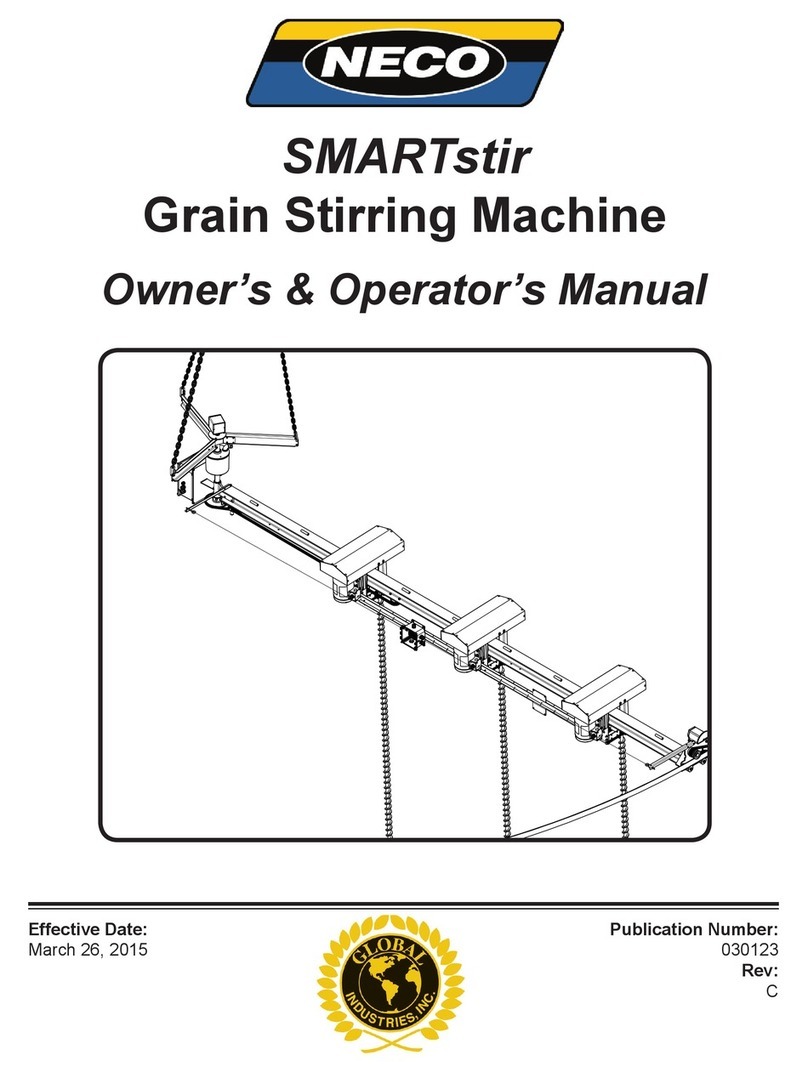
Neco
Neco SMARTstir Owner's/operator's manual
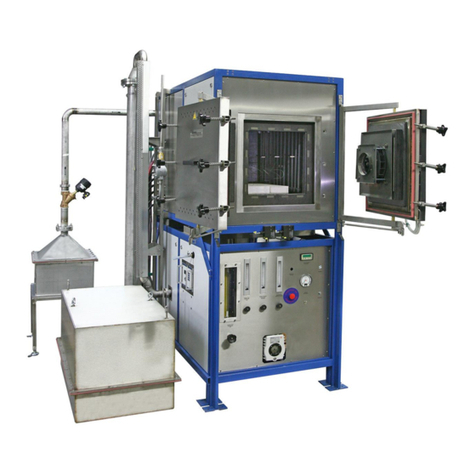
Linn-High-Therm
Linn-High-Therm HT-1500-GT-VAC Special GRAPHITE operating instructions

Kitagawa
Kitagawa BB200 Series instruction manual

ROJEK
ROJEK RFT 630 Service instructions
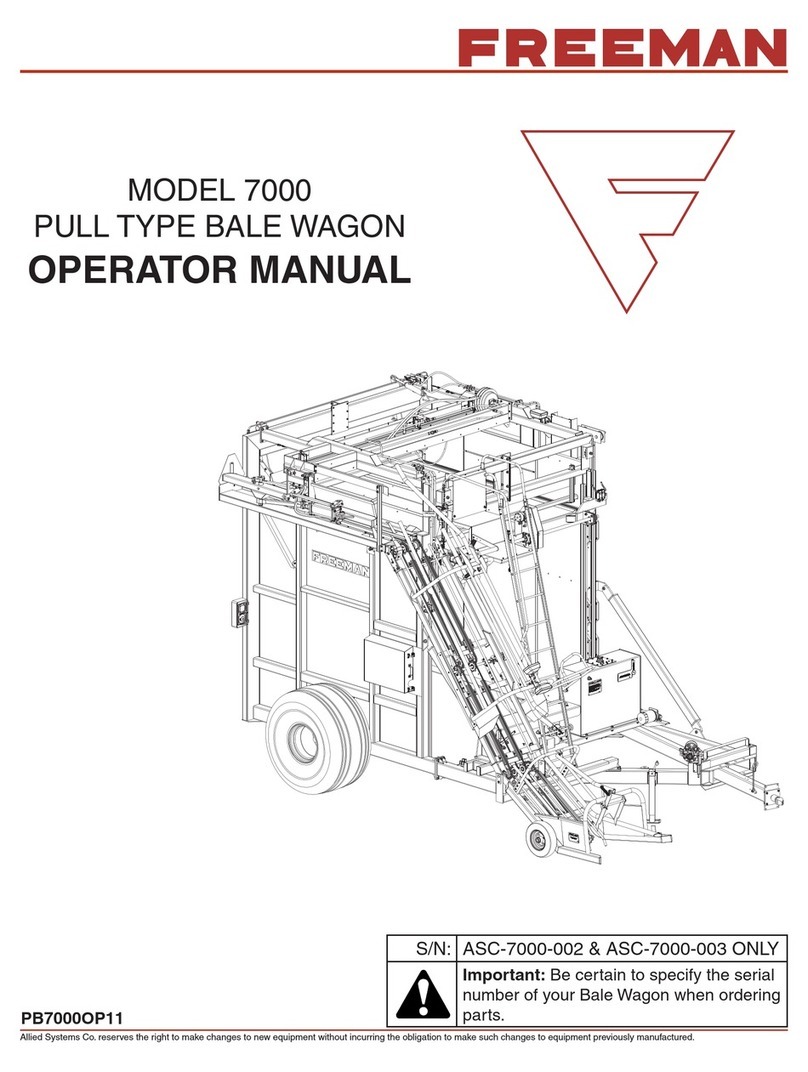
Freeman
Freeman 7000 Operator's manual
